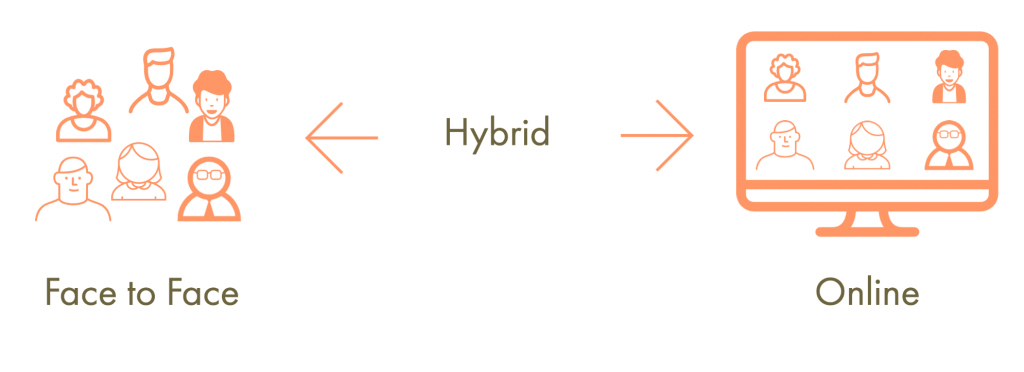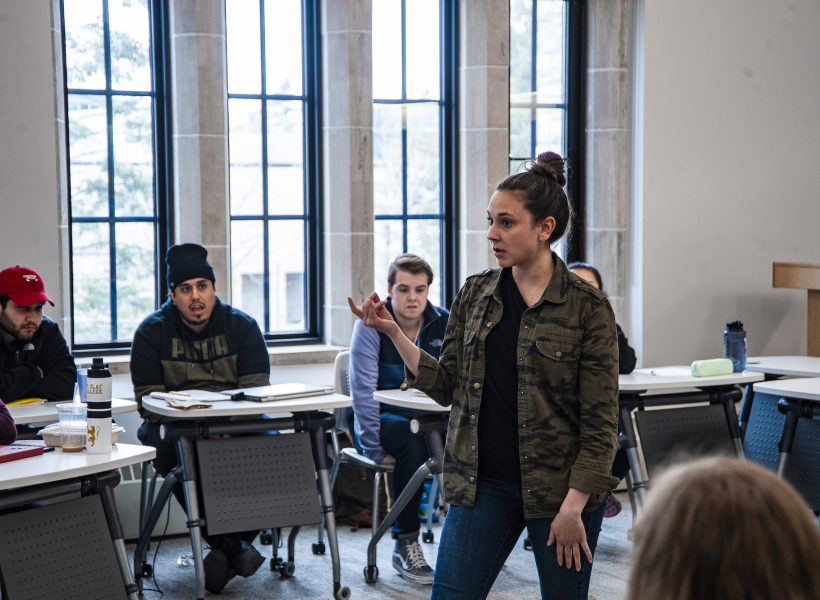Structural Models

In blending modes of face to face and online instruction, hybrid teaching models may fall at various points along this spectrum.

Course Models
The models provided below are intended to give faculty a starting point for thinking about hybrid instruction in their classrooms. Faculty are encouraged to reach out to chairs, associate deans and their peers as they consider how the following modes or combination of modes might work for their courses.
Introductory Mathematics Course
An introductory course with multiple sections. Demonstrates how colleagues might work together on a multiple section course to create asynchronous and synchronous parts as a team.
Principles of Economics
This example looks at a multiple section course in which the instructors work together on course prep. There are both asynchronous and synchronous components and faculty bring some students into […]
Upper Level Physics Course
An upper level lecture course. This example demonstrates how a divided class might work and incorporate significant group work.
Upper Level Studio Art (Non-Digital)
This is a course with a significant hands-on component that seeks to focus in-person time on hands-on learning and put other materials into asynchronous materials.
Upper Level Theory
This example demonstrates different models of course delivery for both synchronous and asynchronous instruction.
Share a Course Model
Share a course model with the St. Olaf community using the form below. It will be added to the Course Models page (restricted to St. Olaf faculty/staff). Loading…
Considerations for any classroom
- Reserve in-class time for content best engaged in this way.
- To minimize the variety of tools students are asked to learn, use college-supported software and online course environments as much as possible (see Tools and Strategies).
- Consider the needs of students with accommodations (see CAAS resources for Faculty).
- Consider carefully when to use asynchronous vs. synchronous activities. Each has advantages and disadvantages, and students and faculty have often reported a better experience with online learning when a combination of these approaches was employed.
- Remember that online teaching typically means covering less material than a typical in-person course. Adjust your course expectations and learning outcomes with this in mind.
You must be logged in to post a comment.